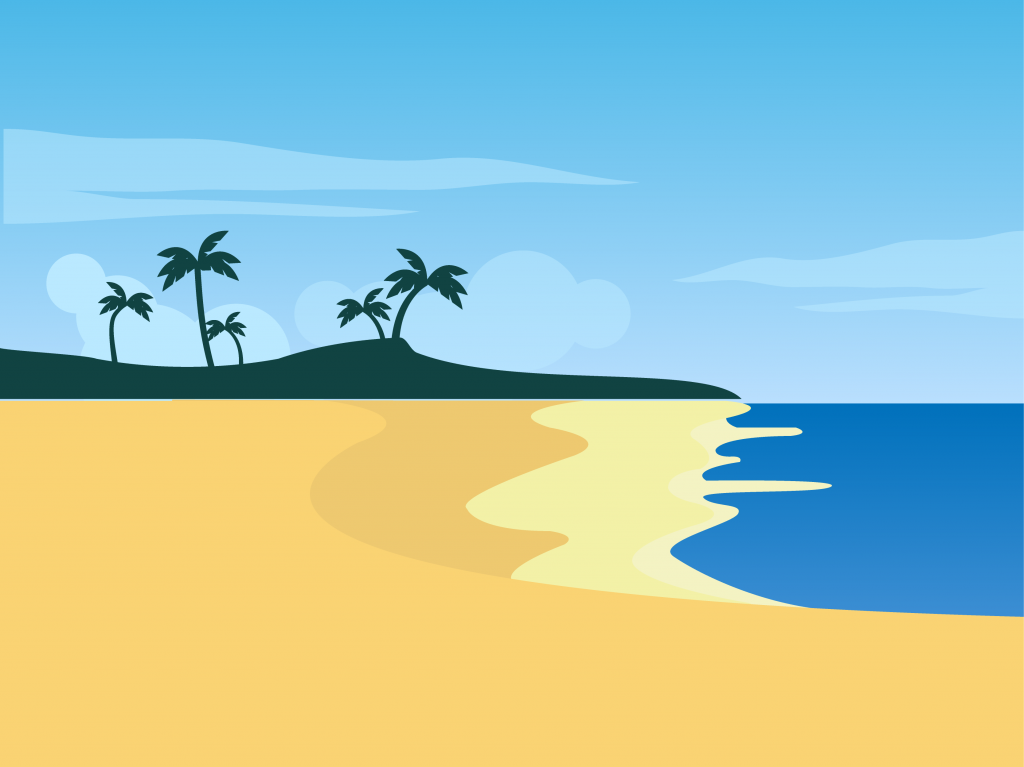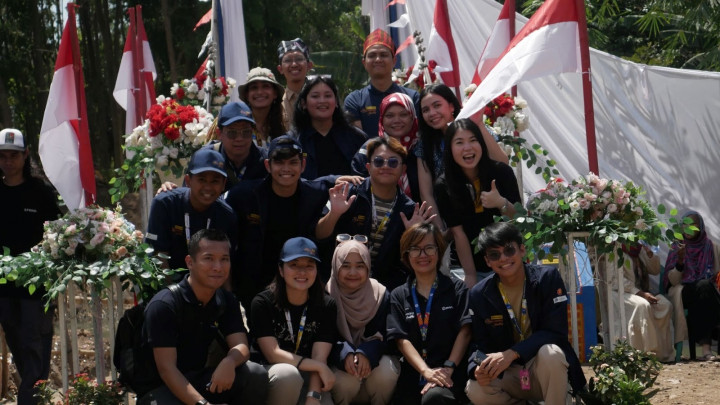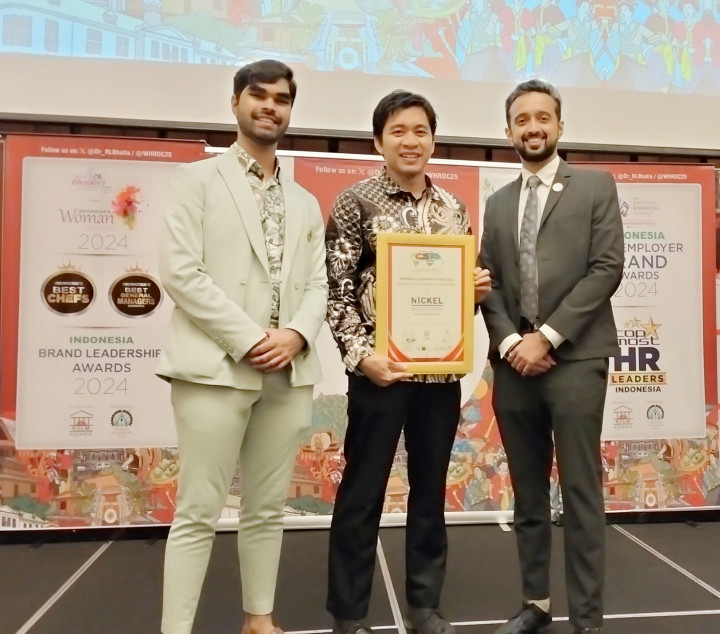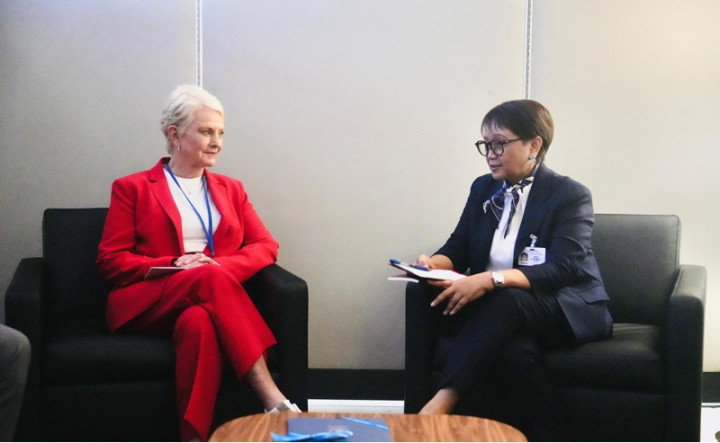Geneva: A new app for mobile phones that provides localized information on ultraviolet (UV) radiation levels has been launched by the World Health Organization (WHO), the World Meteorological Organization (WMO), the United Nations Environment Programme (UNEP) and the International Labour Organization (ILO).
The SunSmart Global UV app provides five-day UV and weather forecasts at searchable locations.
It highlights time slots when sun protection is required with the aim of helping people around the world know when to use sun protection, in an effort to reduce the global burden of skin cancer and UV-related eye damage.
The SunSmart Global UV app is available free of charge at both the Apple App and Google Play stores.
It provides personalized options so that users can take actions to protect prolonged, excessive UV exposure, a major cause of skin cancer and other UV related diseases.
The app allows the inclusion of national and local data streams and adaptation to multiple languages – it is currently available in Chinese, English, French, German, Russian, Dutch and Spanish.
"Evidence shows that overexposure to UV is the major cause of skin cancer. So it’s vital for people to know when and how to protect themselves," said Dr Maria Neira, WHO Director, Department of Environment, Climate Change and Health, in a press release on Tuesday.
"We encourage everyone to use the application to protect themselves and their children, and to make this a daily habit," she added.
Globally, it is estimated that over 1.5 million cases of skin cancer (melanoma and non-melanoma combined) were diagnosed globally in 2020.
During the same period, more than 120,000 people across the world lost their lives to this highly preventable disease.
One of the main factors contributing to these cancers is excess UV radiation from thinning of the earth’s stratospheric ozone layer resulting from the release of certain manmade chemicals.
Under the international treaty known as the Montreal Protocol, all UN Member States are phasing out the production and consumption of those substances according to a specific timetable.
As a result of these continuing efforts, the ozone level is projected to recover by mid-century.
In the meantime, individuals need to be particularly cautious to protect themselves from receiving too much UV exposure.
Cek Berita dan Artikel yang lain di Google News
FOLLOW US
Ikuti media sosial medcom.id dan dapatkan berbagai keuntungan



















